Thank you for visiting! By the way… any links on this page that lead to products on Amazon and other stores/partners are affiliate links Aquarium Store Depot earns a commission if you make a purchase.
Have white fuzz growing in your fish tank? Don’t know what it is or how to explain it to others? Don’t worry, it’s most likely a type of harmless fungus that often grows on organic material in the aquarium, like driftwood. It can also be a sign that other algae in your aquarium is dying or has already died.
There are a few ways to prevent algae from growing, but white algae in aquariums is one of the easiest aliments to treat. Here’s how in our key takeaways section below.
Key Takeaways
- White algae isn’t actually a type of algae. Instead, it’s more likely to be a fungus.
- This algae is most likely to appear on new driftwood and other organic aquarium additions but can be the leftovers of dead algae too.
- There are a few ways to get read of this algae, including removing it by hand, adding different fish species and invertebrates that eat white algae, or using aquarium-safe chemicals.
- The best way to get rid of white algae is by letting it leave on its own.
Introduction To White Algae In Aquariums
Everyone dreads getting green algae in their aquarium. But when you see something that appears to be white algae showing up, you might be more confused than ever.
While algae is ugly, it’s a natural part of the ecosystem. However, we like our fish tanks to be perfect so it must go. There are a few reasons why you’re growing white algae over other green or red algae species. To get rid of white algae, you need to understand why it’s growing.
But first, what is white algae, and how do you identify it?
What Is It?
To understand what white algae is, we must understand what it’s not.
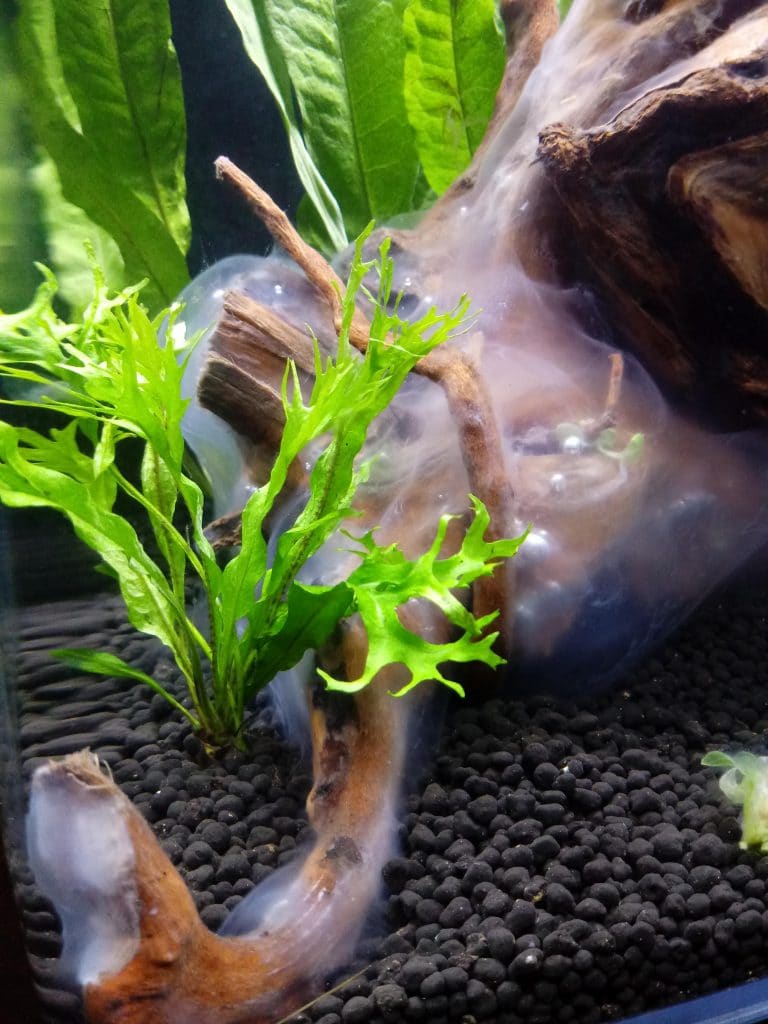
The term white algae is a misnomer. This name comes from its plant-like appearance that covers aquarium decorations and causes hobbyists headaches. In fact, it’s more likely that white algae is a bunch of filamentous fungus-like organisms instead of true algae; white algae may also be described as white mold.
But if it looks and acts like algae, then why isn’t it algae?
Algae is a scientific group of photosynthetic eukaryotic organisms, or living things that have a nucleus and membrane-bound organelles they use to gather energy from the sun. There are many species of known algae with many different varieties growing in freshwater, saltwater, and brackish ecosystems.
In nature and in the aquarium, species of algae thrive when given plenty of light, nutrients, and little competition. While unwanted in home fish tank setups, algae is a natural part of any aquatic system and aren’t inherently bad. However, it can smuggle other aquarium plants and corals, lessen light penetration, and become unsightly over time. Some algae growth is easy to control, while others quickly overtake an aquarium.
That being said, there are only three main divisions of algae: Rhodophyta, Chlorophyta, and Heterokontophyta1. Simply put, Rhodophyta is red algae, Chlorophyta is green algae, and Heterokontophyta is largely recognized as brown algae. Though these associated colors don’t always tell the correct species of algae, you can see that there is no white algae mentioned.
Plants get their green colors from how light interacts with their chlorophyll, or pigments of the plant; different plants produce other pigments, which can result in the red or brown coloring of algae outside of Chlorophyta.
If the plant does not contain chlorophyll, then it will lack color and be unable to photosynthesize. While some parasitic plant species can survive without chlorophyll, white algae do not fit in this group. Thus, white algae is not considered a plant or a type of algae.
What Is This Fuzzy Stuff In My Aquarium?
Have you noticed a thick, white, slimy surface over your new driftwood or other aquarium decorations in your freshwater fish tank? You might be dealing with white algae.
We established that white algae isn’t actually a type of algae and is, instead, a type of fungus. This means that it doesn’t thrive from high lighting or excess nutrients. Instead, we’ll see that it mostly originates from the availability of carbohydrates.
Is It Harmful To Fish Or Invertebrates?
Don’t worry, though! White algae is harmless to aquarium fish and invertebrates and is oftentimes a natural part of the tank’s changing ecosystem. The biggest problem about having white algae in your fish tank is its appearance.
It’s important to note that there are a few other reasons why your freshwater aquarium has white fuzzy stuff growing in it. Some of which are not as safe or easy to deal with as white algae.
Why It’s In Your Fish Tank (Causes)
There are two main causes for white algae growing in your freshwater fish tank. Often, white algae appear around new driftwood and other organic structures placed in the aquarium. However, white algae growth may also appear to come from other aquarium plants or algae.
New Driftwood
One of the biggest problems new hobbyists face in their aquariums is the growth of white algae. This can happen simultaneously throughout the nitrogen cycle, with fish or without.
A few days after adding new driftwood to the aquarium, beginner hobbyists may start to notice an unsightly white coating on their new driftwood. This progresses into a thick layer of white or transparent slime that covers the entire structure. As you can imagine, this can become concerning very quickly.
Best Value
A budget priced and easy to use driftwood. A great beginner aquarium decoration
This is perfectly natural and to be expected. In fact, there aren’t any ways to prevent it from happening. Even the most popular driftwood treatments, like leaving the pieces out in the sun, boiling them, or preserving them, will likely result in white algae growth.
Why does white algae grow over new driftwood?
Hobbyists must remember that everything they put into fish tanks affects the ecosystem. This is especially true when placing organic items into the aquarium, like plants, wood, or decorations, and filter media that have been transferred from another tank.
In the case of driftwood, unfamiliar organics, , are introduced into the aquarium. The beneficial bacteria that help your fish tank run are determined to keep your aquarium safe from outside threats while also being highly attracted to carbohydrates. As a result, they start to process them and break them down. This results in the growth of white algae fungus and an unnecessary headache for hobbyists.
Remember, a white algae invasion is not harmful to fish or invertebrates and does not immediately indicate an issue with nutrients or lighting. In about one to four weeks, all white algae should disappear from the aquarium; as quickly as it appeared, it will leave.

In fact, it’s better to create stability during this time instead of trying to remove the white algae as quickly as possible. But if you really can’t stand the sight of it, then there are a few ways to get rid of white algae before it leaves on its own. These methods include manual removal, introducing a cleanup crew, and dosing aquarium products.
Manual Removal
In most cases, persistence and manual removal are the best ways to tackle any algae problem in both freshwater and saltwater aquariums. This holds true for a white algae problem–if you want to be proactive about it.
We can’t lie. White algae is slimy and messy to remove. Because of this, we strongly recommend removing the affected driftwood from the aquarium and using a toothbrush or other scrubber to lightly detach the algae. Take a bucket of aquarium water from the fish tank to rinse off the driftwood. Remember that there are beneficial bacteria on these pieces of driftwood that you want to disturb as little as possible. Using tap water or other untreated water could kill the present bacteria, leading to even bigger problems than unwanted white algae growth.
It is likely the white algae will grow back a couple of times more after being removed but will return as less and less every time. To help diminish returns, increase water circulation.
If removing the white algae while still inside the main fish tank display, it’s strongly recommended to use an aquarium vacuum to help clean up the detached pieces in the water column. Unlike other algae, white algae will not self-propagate when transferred to other parts of the aquarium. Still, it’s recommended to remove any possible decaying organic matter that could lead to other issues.
The Python is a mainstay in the fish hobby. Easily clean your aquarium by connecting this to your sink!
CleanUp Crew
If you have white algae, you’re most likely in the beginning stages of your freshwater aquarium. At some point or another, you should add a cleanup crew and algae eaters to help keep your aquarium system running.
A cleanup crew should not be seen as a way to solve the algae problems in your tank, but rather, a natural part of the ecosystem that helps remove decaying organic material before it can start to affect water parameters. Remember that snails and shrimp will not eat fish waste! Although freshwater snails and shrimp are great at what they do, some species can reproduce very quickly and add to the overall bioload of the aquarium.
It’s true that there are some excellent algae eaters out there, though. Some of the best algae eaters belong to the Otocinclus genus. These fish are hungry for green algae and will clean up a tank in a few days. However, their green appetite can quickly lead to food shortages, so they’re only recommended for more experienced fish keepers. They also won’t take care of a white algae bloom.
In fact, nothing really eats white algae while it’s developing. Fish and invertebrates will pick at it as it starts to die off, though. And keep in mind that algae eaters will help clean up after the other main cause of white algae: algae die-off. But we’ll get to that in a bit.
Aquarium Products
We never recommend using aquarium products to treat algae problems, and especially not to get rid of white algae from the fish tank. But if you’re desperate to get your tank clean and free from white algae, then there are some readily available solutions.
Hydrogen peroxide is a household item that is very effective at treating algae problems in saltwater and freshwater aquariums. Specifically, spot treat with a mixture of 3 ml of 3% hydrogen peroxide for every 1 gallon of water. Use a syringe or turkey baster to target the affected area while the equipment is off.
The white algae should start to recede in the next day or so, though several treatments may be needed.
The other readily available aquarium product is Seachem Flourish Excel. This is a bioavailable organic carbon that acts as an algaecide. The idea is that other plant species outcompete the algae with the added supplement, leaving the algae to die. While this is mainly meant for pest algae, like green hair algae, it has worked with white algae as well.
An easy to use entry level fertilizer for freshwater planted tanks. Readily available at most stores
If planning to keep aquarium plants long-term, then Seachem Flourish Excel can be a great supplement even after your algae problem is gone.
Doing Nothing
Our favorite method on this list, doing nothing, is one of the best, least expensive, and least time-consuming ways to deal with white algae growth in the aquarium.
Remember that white algae is the result of beneficial bacteria feeding on new organics, including carbohydrates, entering the ecosystem. This means that these are limited resources that will be depleted over time. In fact, most white algae growth stops in a couple of weeks, with all remaining coverage receding by the end of the month.
To help speed things up, we recommend continuing to do regular fish tank maintenance, including using an aquarium vacuum. While in the tank, feel free to suck up any loose white algae. Try to remove food residue and other waste on top of the algae to prevent poor water quality.
Dead Algae
While white algae is often the result of new driftwood being placed in the tank, it’s not the only reason.
Sometimes, pieces of dead algae turn white. This is especially true if treating excess growth with chemicals that cause sudden death. Again, there is no reason to try to treat white algae as aquarium fish, and other invertebrates will often eat whatever is leftover. If they don’t, then a well-working mechanical filtration system will clean up the rest.
There are some occasions when white algae growth actually indicates the growth of the algae. This can be seen in calcareous species of algae, like Halimeda. Halimeda is a saltwater genus of algae that grows a hard, white skeleton underneath its fleshy green cover; when Halimeda dies, the white skeleton may also be exposed, making it the truest species of white algae on this list!
This growth and receding effect is very similar to that seen on the white tips of corals.
How To Treat (If It’s the Other Species)
If the cottony growth isn’t due to driftwood or dead algae, then you might have misidentified the initial problem. While it’s unlikely that a new type of algae appears in your fish tank, stranger things have happened.
To treat algae, we need to understand what causes it. There are three main influences of algae growth:
1) Too much light
2) Excess nutrients
3) Poor water quality
Excess Or High Lighting
Fish tanks need a lot of light, but not too much lighting. They also need a balance of intensity, spectrum, and photoperiod. Unfortunately, algae can be caused by one or all of these factors.
There are many aquarium lights available for purchase today. Luckily, most models can be customized for the needs of the specific tank, allowing for intensity, spectrum, and photoperiod to be manually adjusted.
Any adjustments made should be made over long periods of time. Plants need time to adjust to sudden changes in lighting, which can slow their rates of photosynthesis and allow algae to outcompete them.
For saltwater fish tanks, remember that white, red, and green light highly contributes to algae growth.
Excess Nutrients
It’s hard to tell the water and tank conditions of your system if you’re not regularly testing parameters. Even if things are okay one day, the next, you can end up with an algae bloom due to high phosphates and nitrates.
The best way to prevent excess nutrients in your fish tank is by regularly checking water parameters and performing aquarium maintenance accordingly. Make sure that you stock your aquarium correctly without adding too many fish. Have an adequately sized aquarium filter to help process waste and create water circulation throughout the tank. Remove leftover food and waste as needed.
Poor Water Quality
While excess nutrients can cause poor water quality, the quality of your water starts at its source.
Freshwater aquariums can be filled with tap water as long as algae-causing nutrients, like phosphate and nitrate, are low (and the water is treated for chlorine). Unfortunately, many beginner hobbyists do not check their source water quality, causing them to do more fish tank maintenance that only introduces more excess nutrients.
A good aquarium setup starts with good aquarium water.
Fungal Infections
If you start to notice a white fuzz growing on the body or fins of your fish, you’re most likely dealing with a fungal infection. This can look like a piece of white algae that is stuck to the side of the fish but is indicative of an open wound.
Fungal infections are often secondary infections that are due to incorrect water parameters. Improving water quality and dosing medications can lead to a full recovery and a completely healthy fish.
Final Thoughts
Contrary to popular belief, there is no such this as white algae. But if you see white stuff growing from a new piece of driftwood you put in the tank, you’re most likely dealing with a type of harmless fungus that will leave on its own.
If you don’t want to wait for it to clear up over the course of a few weeks, then you may manually remove it and keep the tank clean, add algae eaters, or use chemical intervention. We think it’s best to leave it alone, though!
- About the Author
- Latest Posts
I’m thrilled that you found Aquarium Store Depot! Here you’ll find information on fish, aquariums, and all things aquatics related. I’m a hobbyist (being doing this since I was 11) and here to help other hobbyists thrive with their aquariums! I adhere to a high quality Editorial Process and Review products with real life field usage and practical analysis.

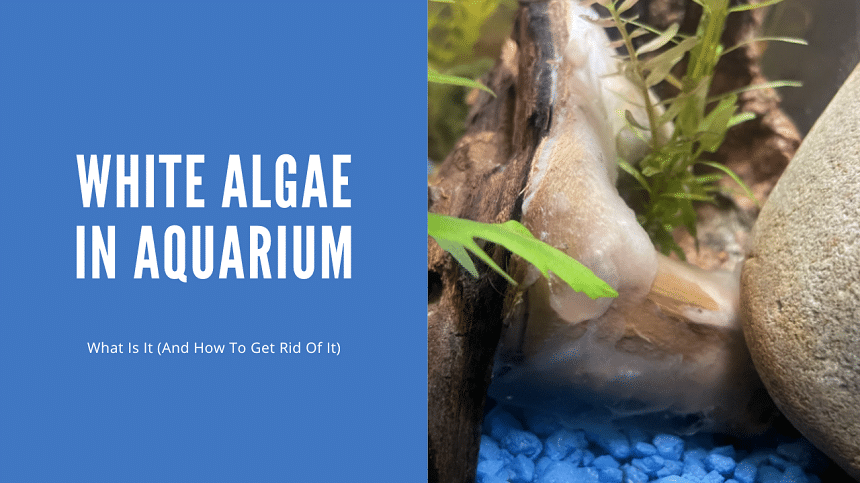
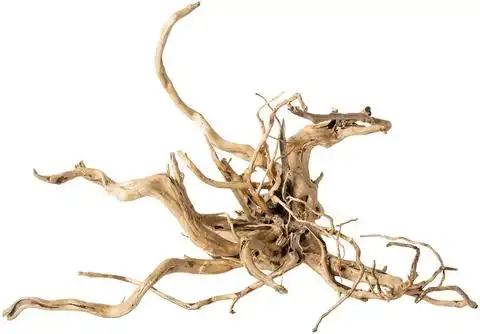
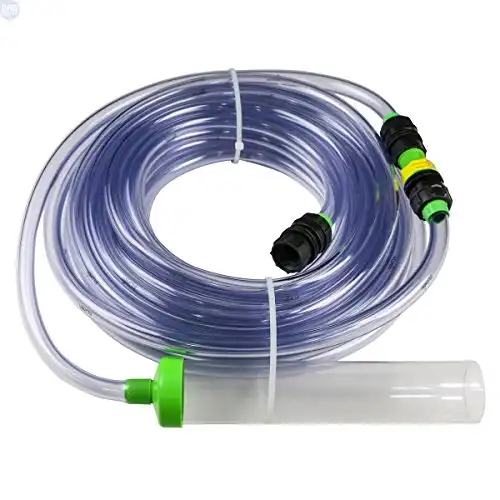
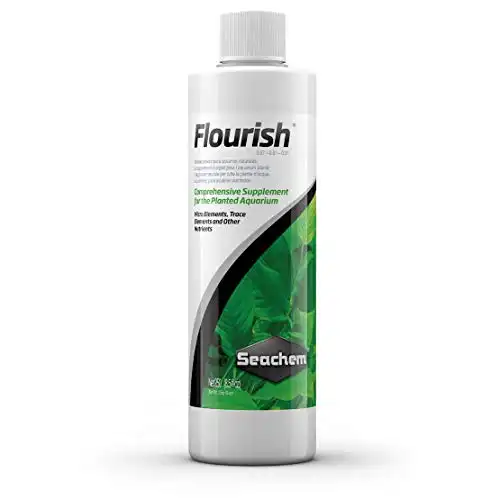




Will try suggestions, Seachem and Otocincus catfish, tried hand and vacuuming removal, just too much and seems like it keeps returning
good
Very good article
Very good article…covering every points about white algae..thanks